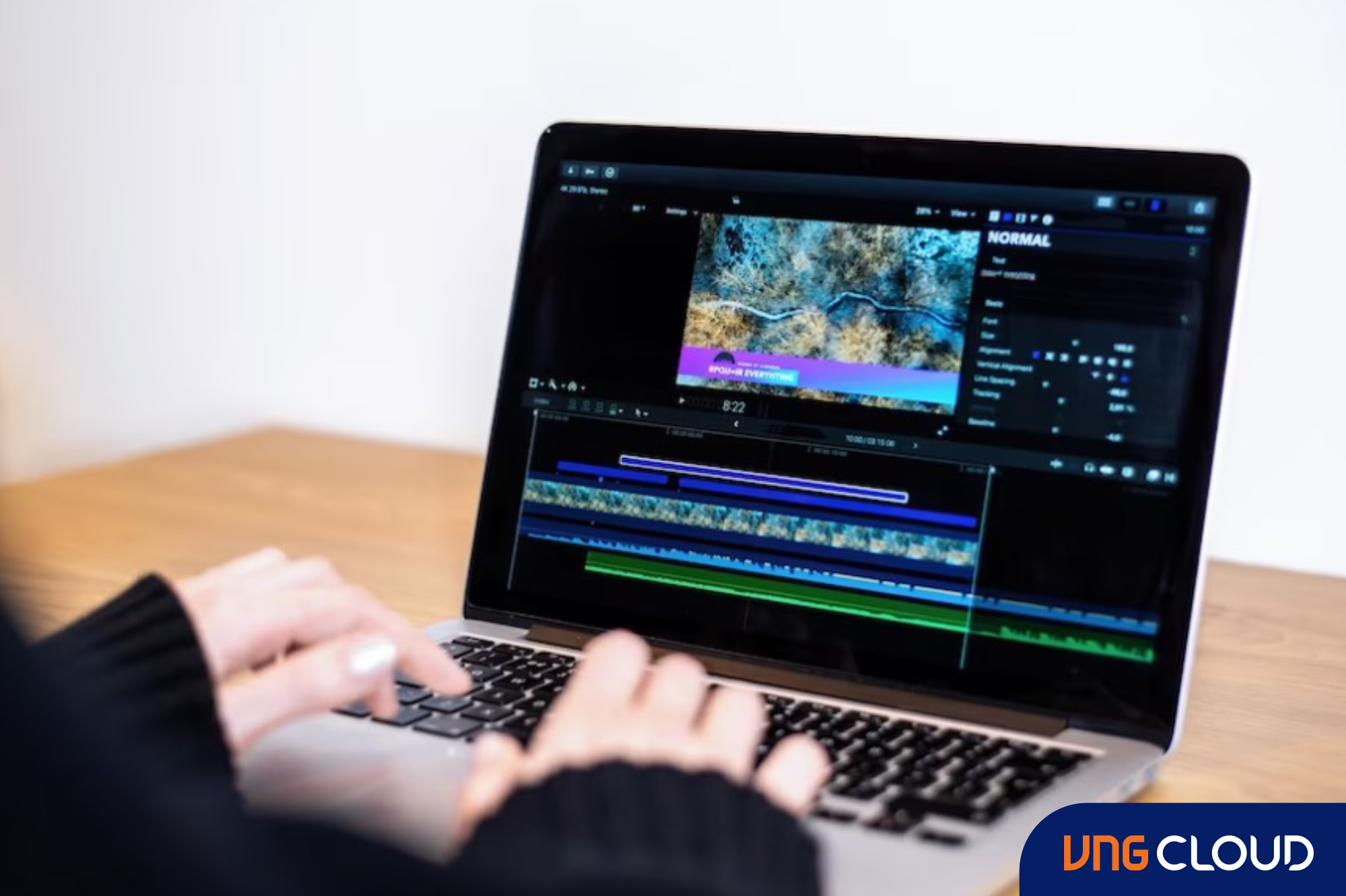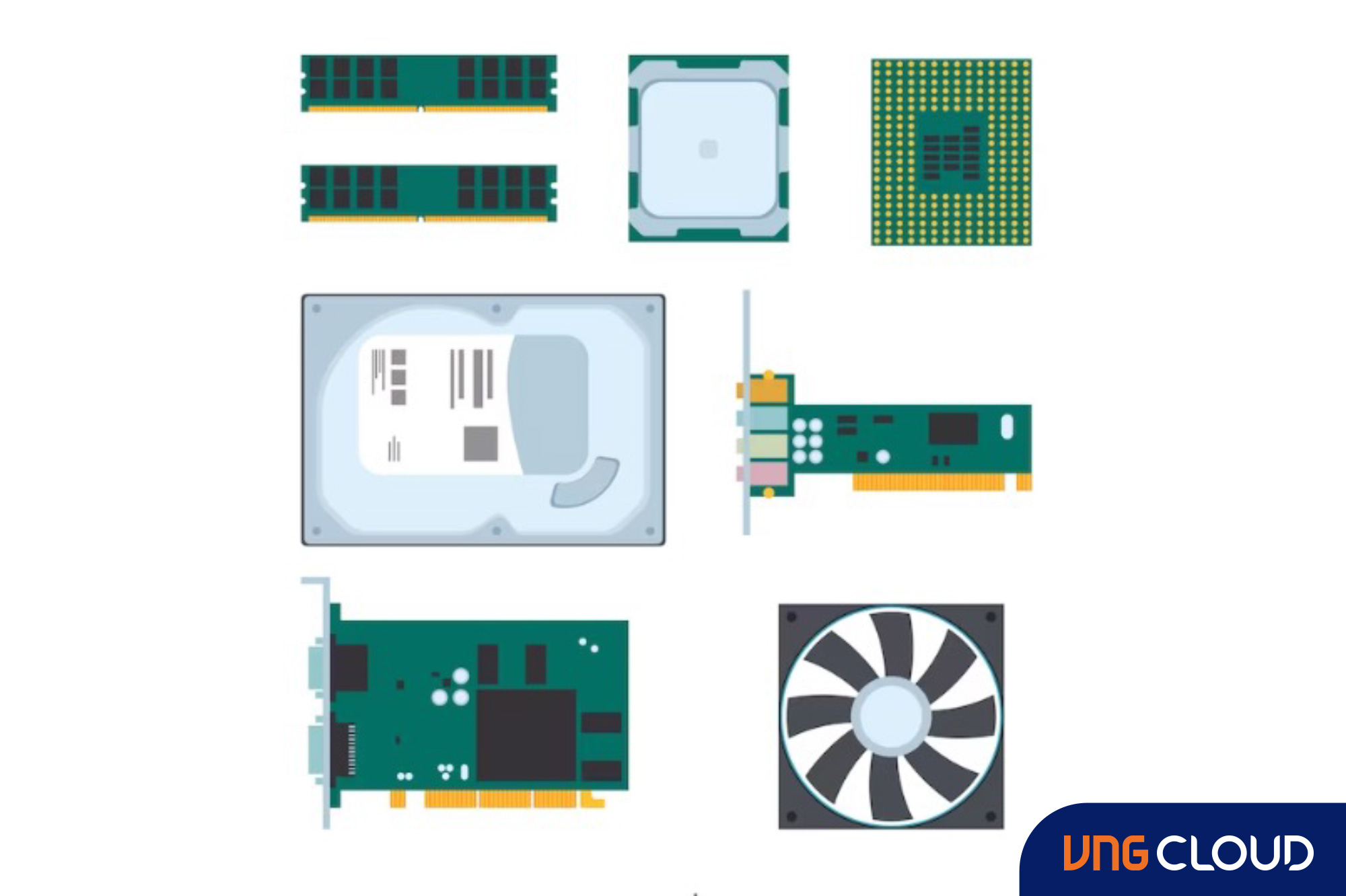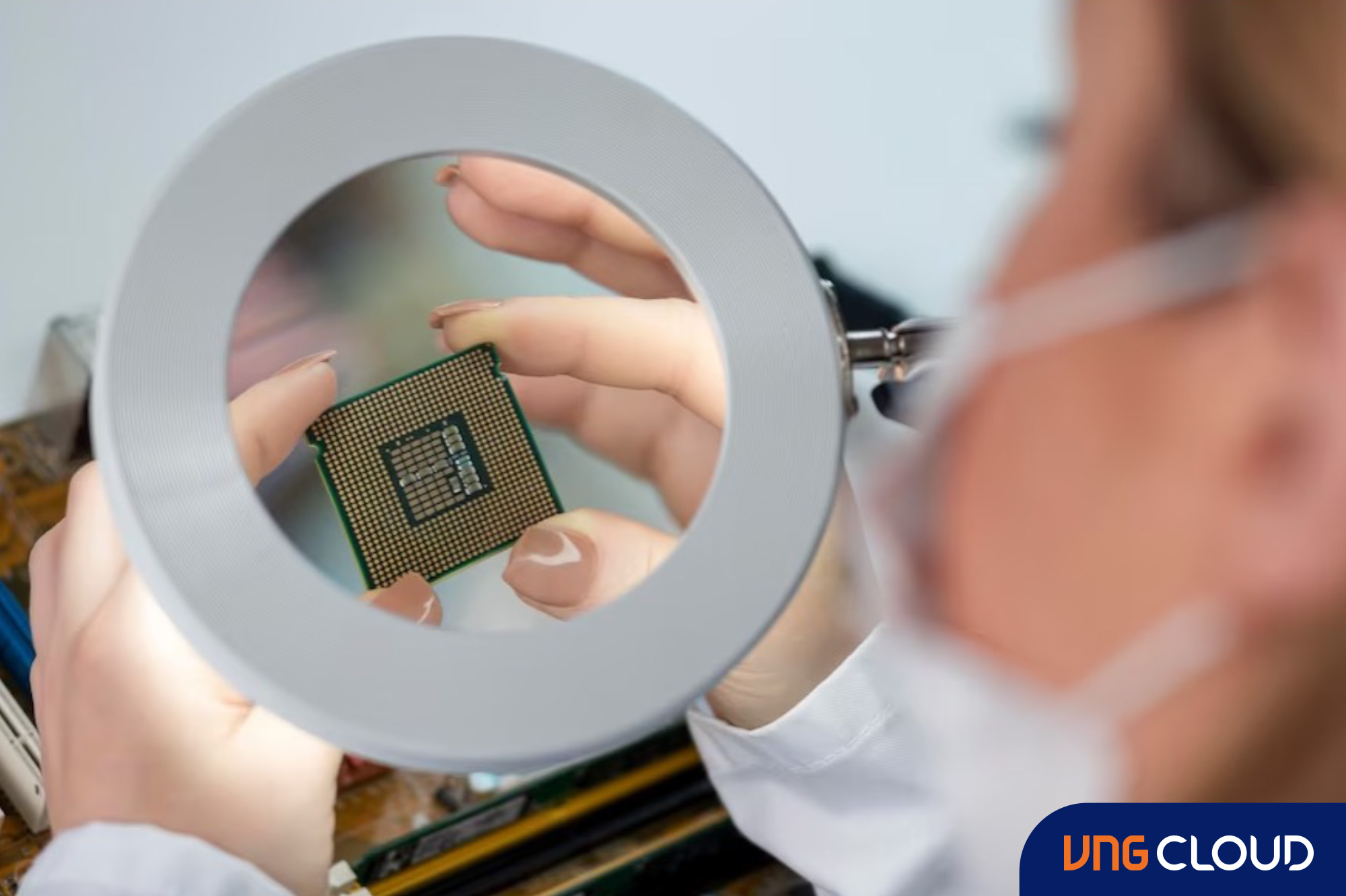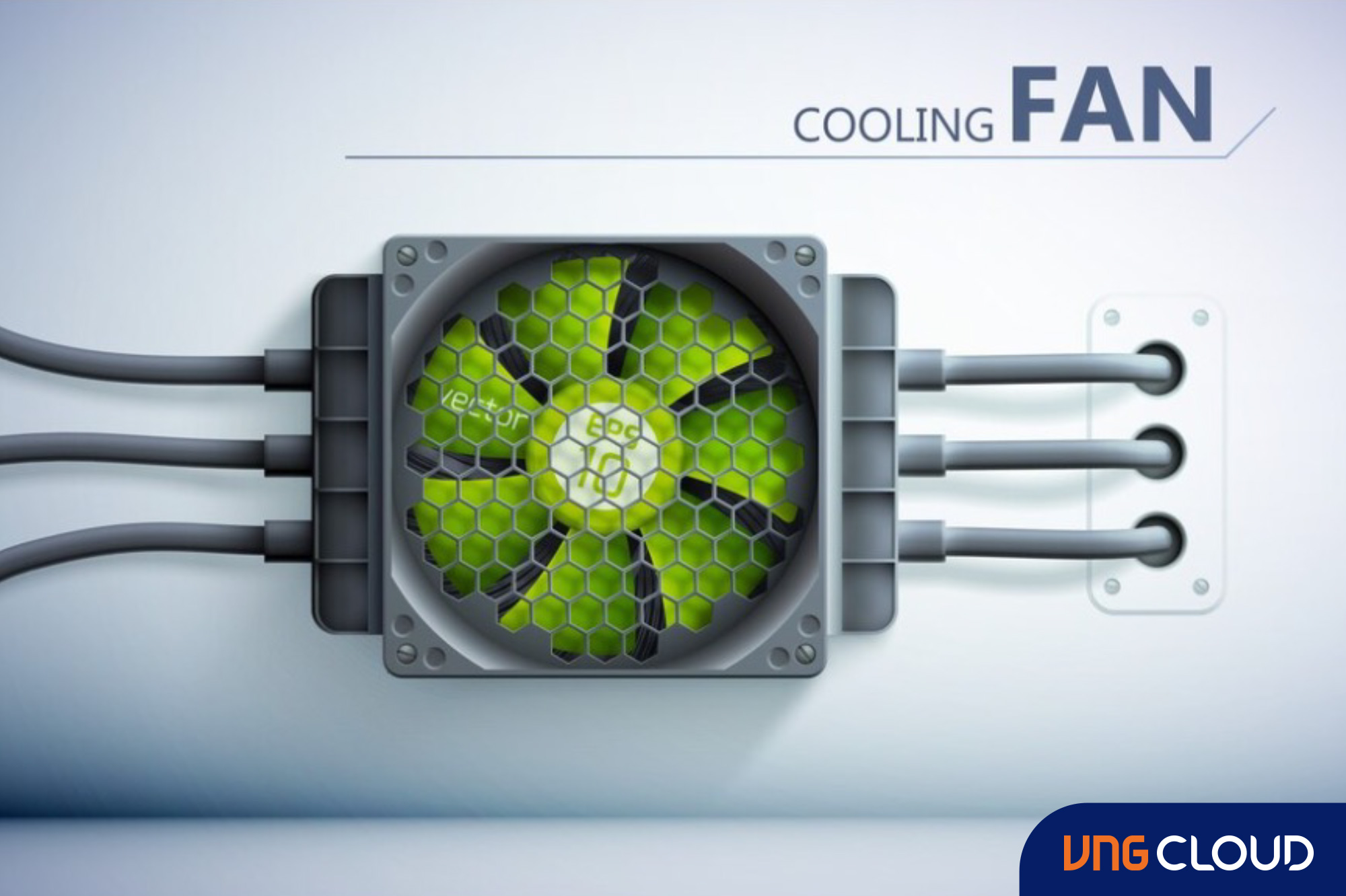If you have ever worked at a creative agency or a gaming company, you probably understand the significance of selecting the right graphics card to enhance your creative process. While modern graphics cards offer impressive speed and performance, video editing and rendering tasks can still be demanding, even for high-end PCs. As hardware technology progresses, software and rendering/video standards also advance. To effectively handle rendering and editing, it is essential to have the appropriate hardware. A robust GPU can greatly enhance your ability to craft realistic and intricate models, textures, and animations. It also accelerates rendering times, allowing you to expedite your workflow.
Today, users have the option to utilize either the CPU or GPU, or even in some cases. Certain software, like Adobe Premiere, predominantly relies on the CPU for most tasks while utilizing the GPU for specific functions such as color correction, stabilization, and blurring. On the other hand, programs like Vegas Pro, Blender, and DaVinci Resolve heavily depend on the GPU for optimal performance.

When deciding on a graphics card, there are a few key considerations to bear in mind. First and foremost, contemplate the nature of your work. If you engage in intricate model creation or animation projects, a high-performance GPU with substantial processing power (e.g., RTX 4090) is essential. However, if your tasks primarily involve basic design work, a less potent card (e.g., GTX 1660 Super) could suffice.
Secondly, assess the VRAM (video memory) capacity you require. VRAM stores textures and other GPU-dependent data. Opting for a higher VRAM capacity enables you to handle larger models and textures without encountering performance issues.
Lastly, budget considerations should not be overlooked. Graphics cards can be quite costly, so finding one that aligns with your financial parameters is crucial. In this guide, we will explore the factors you should consider when selecting a GPU for rendering purposes. We will also provide recommendations for some of the top GPUs available on the market, catering to diverse budgets and requirements.
Before we delve into the list of various GPUs, it's important to consider several factors that will greatly impact your experience and decision-making process.
- Price: The first and foremost consideration is the pricing. A fast GPU is essential for optimizing your workflow, but high-end graphics cards often come with a price tag of over $700. Make sure to have a budget in mind before making a purchase. While there are GPUs available under $200-300, keep in mind that their performance may not be on par with higher-end options.
- VRAM: Regardless of whether your chosen software prioritizes the CPU, it's crucial to have a GPU with ample Video RAM Memory (VRAM). Higher VRAM allows for working with higher-quality images while maintaining fast loading times. GPUs with 2GB VRAM or less may struggle with rendering tasks.
- Interface/Display Ports: If you require multiple monitors for your 3D modeling work, ensure that the GPU you choose has an adequate number of HDMI or DisplayPort (DP) connectors to support your setup.
- Power Usage/TDP: Rendering software such as Unity, Blender, Maya, or Cinema 4D can push the GPU to its limits, resulting in high power consumption. Consider the power usage of a graphics card to avoid exorbitant electricity bills. The Thermal Design Power (TDP) is listed alongside each GPU to provide insight into its power consumption.
- Performance: Lastly, consider the performance of the GPU. Benchmarks are the best way to gauge and compare the performance of different cards. Raw numbers and specifications alone may not accurately reflect real-world performance.
By considering these factors, you'll be able to make a more informed decision when selecting a GPU that suits your needs and budget.

GPU for viewport performance and rendering capabilities
For viewport performance, a high-performance GPU enables smooth and real-time rendering of complex scenes in applications like Blender. It ensures that you can navigate and interact with your scene without experiencing any lag or interruptions. This seamless viewport experience is invaluable for troubleshooting and gaining an accurate preview of how your scene will appear in the final render.
When it comes to rendering, a powerful GPU can significantly reduce the rendering time required to generate the final image. This acceleration can be particularly advantageous when working under time constraints or when rendering large-scale images. By leveraging the computational prowess of a robust GPU, you can expedite the rendering process and achieve quicker results.
In summary, a superior GPU empowers designers by optimizing viewport performance and rendering speed, allowing for efficient creation and production of visually compelling 3D content.
What to Look for in a GPU for Rendering
When it comes to selecting a Graphics Processing Unit (GPU) for your computer as a designer, there are several crucial factors to consider. These factors play a significant role in determining the GPU's performance and compatibility with your rendering tasks.
Here are the key aspects to evaluate before making your GPU purchase:
| Graphics Card | CUDA Cores | VRAM | Memory Bandwidth |
| Nvidia GeForce GTX 1660 Super | 1408 | 6 GB GDDR6 | 192 GB/s |
| Nvidia GeForce RTX 2060 | 1920 | 6 GB GDDR6 | 336 GB/s |
| Nvidia GeForce RTX 3060 | 2400 | 12 GB GDDR6 | 360 GB/s |
| Nvidia GeForce RTX 3090 | 10496 | 24 GB GDDR6 | 936 GB/s |
| Nvidia GeForce RTX 4090 | 21232 | 24 GB GDDR6 | 1008 GB/s |
These specifications provide an overview of the Cuda Cores, VRAM capacity, and Memory Bandwidth of various GPUs at different price points. These details are crucial for designers like you who require powerful rendering capabilities. By considering these factors, you can make an informed decision and choose a GPU that aligns with your specific rendering needs and budgetary constraints.

GPU Cores: Unleashing Power for Designers
GPU cores serve as the fundamental processing units within a graphics processing unit (GPU). These cores are responsible for executing the calculations required for rendering graphics. While GPU cores are typically smaller and simpler compared to CPU cores, they possess the advantage of being arranged in significantly larger numbers. This arrangement allows GPUs to perform numerous calculations in parallel, leading to enhanced performance for graphics-intensive applications.
The quantity of GPU cores plays a pivotal role in determining a GPU's performance. For designers engaged in compute-intensive tasks like video editing or 3D rendering, a GPU with a high number of CUDA cores becomes essential. These cores unlock immense processing power, enabling faster and more efficient execution of complex graphics-related computations.
When selecting a GPU, consider the number of GPU cores it offers, as it directly influences the GPU's ability to handle demanding design workflows. By choosing a GPU with a substantial core count, you can empower yourself with the computational muscle necessary to tackle intricate design projects with ease.
Optimize Design Performance: Never Compromise on GPU Memory
The VRAM (Video Random Access Memory) plays a crucial role in storing textures, models, and other data required by the GPU. A higher VRAM capacity ensures seamless handling of larger models and textures without encountering performance bottlenecks.
For basic 3D work, it is recommended to opt for a graphics card with at least 8GB of memory. However, for more demanding projects, 12GB or more is considered ideal. Additionally, the type of memory is also important to consider. GDDR6X memory outperforms GDDR6 memory in terms of speed, offering a substantial boost in graphics processing capabilities.
Memory Bandwidth: Accelerating Data Transfer
Another critical factor to consider when selecting a graphics card is memory bandwidth. This metric determines the speed at which data can be transferred between the VRAM and the GPU.
A graphics card with high memory bandwidth facilitates faster data transfer between VRAM and the GPU. This improvement directly translates into enhanced graphics card performance, particularly when rendering complex images and videos. By prioritizing a graphics card with a high memory bandwidth, you can ensure optimal performance and efficiency in handling intricate design tasks.
By prioritizing GPU memory capacity and memory bandwidth, designers can optimize their graphics card selection to meet the demands of their creative workflows. This ensures smooth rendering, efficient processing, and ultimately, superior design performance.

Graphics Card Compatibility with Design Software
When selecting a graphics card as a designer, it is essential to ensure compatibility with the software you plan to use. To guarantee optimal performance and seamless integration, consider the official recommendations from brands or user experiences regarding compatibility and performance optimizations for specific software packages. Online forums and communities dedicated to designers can provide valuable insights into the graphics cards that work well with particular software packages.
Here's a glimpse of some popular software and their recommended graphics cards:
| Software | Recommended Graphics Card |
| Adobe Creative Cloud | Minimum 4GB VRAM for software like Photoshop, Illustrator, and After Effects. |
| Autodesk Maya | Minimum 8GB VRAM for 3D software like Maya, 3ds Max, and Inventor. |
| Blender | Recommended minimum 8GB VRAM for optimal performance in Blender (compatible with a wide range of graphics cards). |
By considering software compatibility and recommended graphics card specifications, you can ensure smooth and efficient performance while using specific design software. Always refer to official recommendations and user experiences to make an informed decision and unleash your creativity with the best-suited graphics card for your chosen design software.
ROPs and TMUs in GPUs
In the realm of gaming and graphics-intensive applications, the number of ROPs (Render Output Units) and TMUs (Texture Mapping Units) in a GPU plays a crucial role in determining its performance.
ROPs serve as the final step in the rendering pipeline by writing the pixel data to memory. A higher number of ROPs enables the GPU to output more pixels per clock cycle. This results in improved frame rates and enhanced image quality, ultimately enhancing the overall visual experience.
On the other hand, TMUs handle texturing and shading for 3D models in a scene. More TMUs allow the GPU to apply a greater number of textures to a scene, resulting in more detailed and visually captivating final images.
When seeking a graphics card, it is advisable to choose a GPU that boasts a higher number of ROPs and TMUs. Such a GPU exhibits superior performance in graphics-intensive applications compared to one with a lower count. By prioritizing a GPU with an increased number of ROPs and TMUs, designers can unlock enhanced graphics capabilities, immersing users in visually stunning and lifelike experiences.
The Importance of Cooling Systems
Cooling systems play a critical role in maintaining optimal performance and preventing overheating during intensive usage for designers. Both GPUs and CPUs generate substantial heat when operating under heavy workloads. Inadequate airflow and insufficient cooling can cause these components to thermal throttle. This means that their clock speed will be reduced to avoid overheating, resulting in a noticeable decrease in performance.
To ensure efficient operation, it becomes imperative to incorporate cooling solutions such as coolers, fans, or even advanced methods like water cooling. While these may seem intricate, they are essential for maintaining the ideal temperature and safeguarding the GPU's performance. By implementing effective cooling systems, designers can mitigate heat-related issues, prevent performance degradation, and enable their hardware to deliver optimal results.

Evaluating GPU Rendering Performance
When evaluating GPU options for rendering, a simplified approach involves assessing their performance compatibility with the software of choice. Exploring the software's official website can provide valuable insights into other users' experiences and benchmark results, facilitating a meaningful comparison of various GPUs.
Additionally, considering price points and calculating performance-to-cost ratios enables designers to make informed decisions. Conducting further research based on the gathered information can then solidify the choice, ensuring optimal GPU rendering performance tailored to specific needs and budgetary considerations.
Tips for Choosing the Right GPU for Rendering in Design
Selecting the ideal graphics card for art can greatly enhance your rendering and viewport performance. Here are some valuable tips to guide you in the process:
- Set a budget: Determine your spending limit before embarking on your search, as graphics card prices can vary significantly.
- Read reviews: Online reviews provide valuable insights into a graphics card's performance. Reading them can help you gauge how well a specific card performs in real-world scenarios.
- Assess your art requirements: Consider the complexity of your modeling and rendering tasks. If you're a beginner, a high-end graphics card might not be necessary initially. However, for intricate and demanding projects, a more powerful card will be essential.
- Look for a high number of stream processors: Stream processors are crucial units responsible for performing calculations on graphics data. Choose a graphics card with a higher number of stream processors, as this will accelerate scene rendering.
- Compare benchmarks: Benchmarks provide performance measurements for graphics cards. By comparing benchmarks, you can evaluate how different cards stack up against each other in terms of speed and efficiency.
- Ensure compatibility with other hardware: Verify that the graphics card is compatible with your computer's existing hardware components. Checking compatibility requirements in advance will help avoid potential compatibility issues.
By conducting thorough research and considering these tips, you can find the perfect graphics card that meets your rendering and viewport performance needs, elevating your design capabilities to new heights.
Conclusion
In conclusion, the GPU plays a vital role in achieving optimal performance when building a computer for rendering. Several factors must be considered when selecting a GPU for rendering.
First, consider the nature of your work and the level of complexity involved. This will help determine the required specifications for your GPU. Second, establish a budget that aligns with your financial constraints. GPUs are available in various price ranges, so finding one that meets your budget is essential.
Additionally, take into account the software you use. Nvidia GPUs have a strong track record of support and compatibility, making them a reliable choice for designers. Factors such as clock speed, CUDA cores, VRAM, and support for RTX technology should also be considered when evaluating graphics cards. RTX cards can deliver faster rendering speeds, particularly advantageous for artists working with intricate scenes.
While AMD cards offer their own advantages, such as affordability and better performance in certain open-source software, Nvidia cards tend to enjoy broader compatibility with design software. Therefore, they are often the preferred choice for those who are seeking compatibility with the latest software releases.
Ultimately, the ideal graphics card for a designer depends on individual needs and budget considerations. Both Nvidia and AMD cards present viable options, and a comprehensive evaluation of all relevant factors is vital before making a decision.
Optimize GPU Servers with VNG Cloud Solution
VNG Cloud currently offers the vServer service, enabling the setup of various server types such as High Performance or GPU, effectively meeting the demands for optimizing graphics processing. When initializing a server, you can choose GPU Images, providing exceptional capabilities for image processing and graphics rendering. The GPU Image of VNG Clou d comes integrated with drivers and software from NVIDIA, catering to the utilization of NVIDIA GPUs on virtual servers. This Image is prebuilt by VNG Cloud, based on both Windows and Ubuntu operating systems.
However, you also have the freedom to opt for a shared image and install GPU tools according to your needs after the server has been established. This ensures maximum flexibility and customization for the graphics processing journey on VNG Cloud's vServer.
Contact VNG Cloud now for professional advice about cloud server solutions!